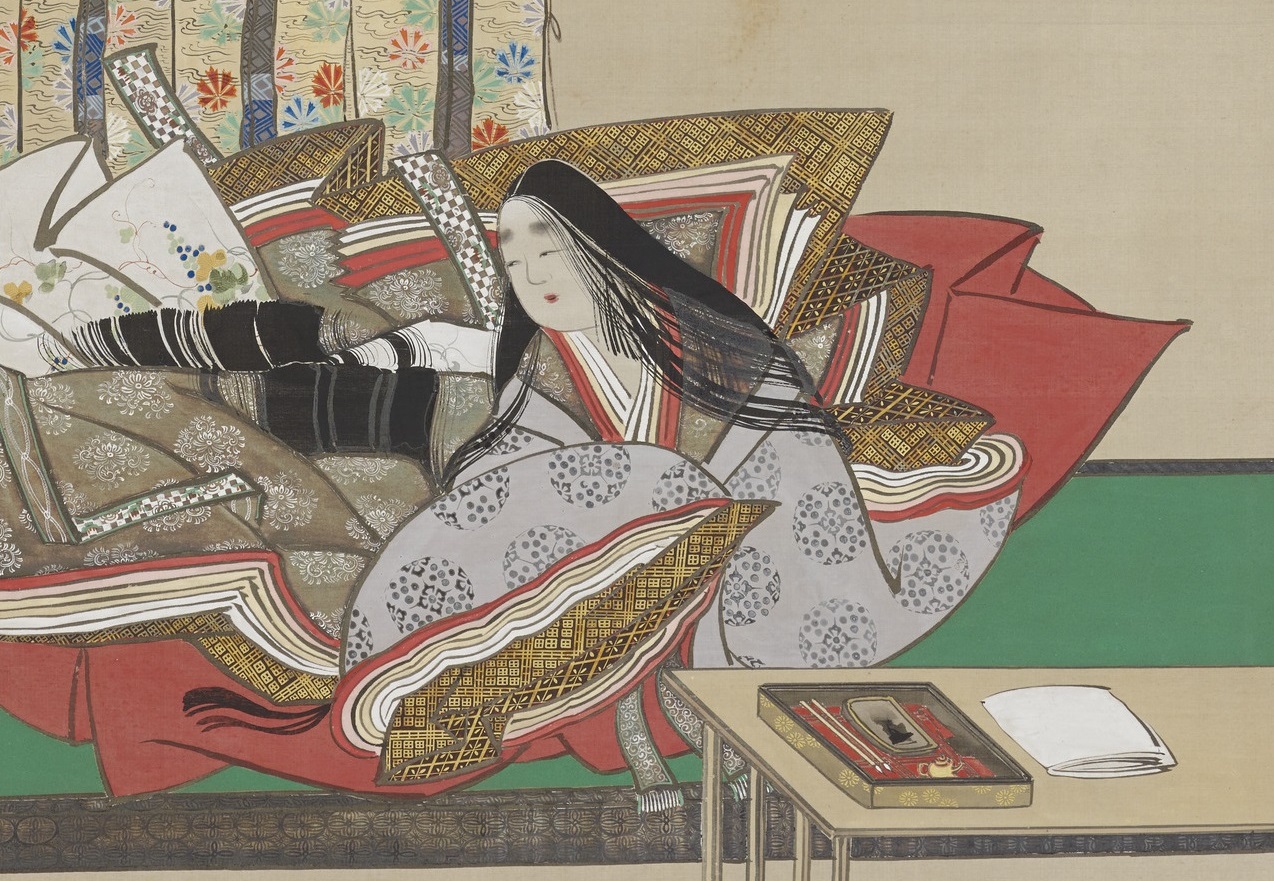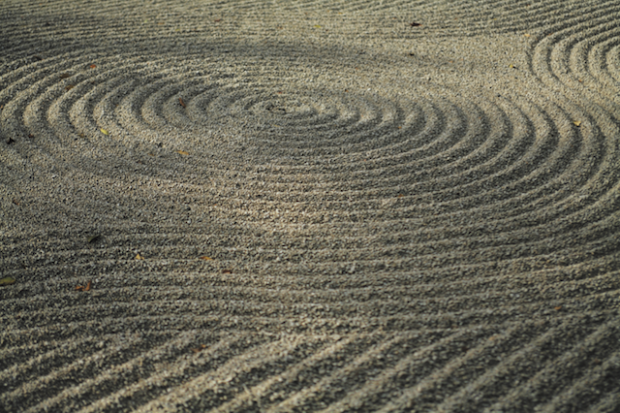The NHK Taiga Drama for 2024 is “Hikaru Kimi-e”. The main character is Murasaki Shikibu, who discovered the brilliance of literature in the glamorous court of the Heian period, and Yoshitaka Yuriko will play the role of Murasaki Shikibu (Mahiro). Murasaki Shikibu wrote the magnificent “The Tale of Genji,” said to be the world’s oldest full-length novel, but not much has been written about her. Let us explore her life through the few remaining hints.
Q1. When was Murasaki Shikibu born? What is her family history?
Murasaki Shikibu was born around the year 973. Both of her parents came from the northern Fujiwara clan. Two or three generations later, it would have come as no surprise if she had become a minister due to her family status. She was born into an exceptionally high family for a wife in the service of the court. However, she was tossed by fate and her family was already in decline when she was a young girl. Murasaki Shikibu was brought up by her father, Tametoki Fujiwara, after her mother died when she was very young. Tameki was also a first-rate writer and one of the leading Chinese poets of his time.
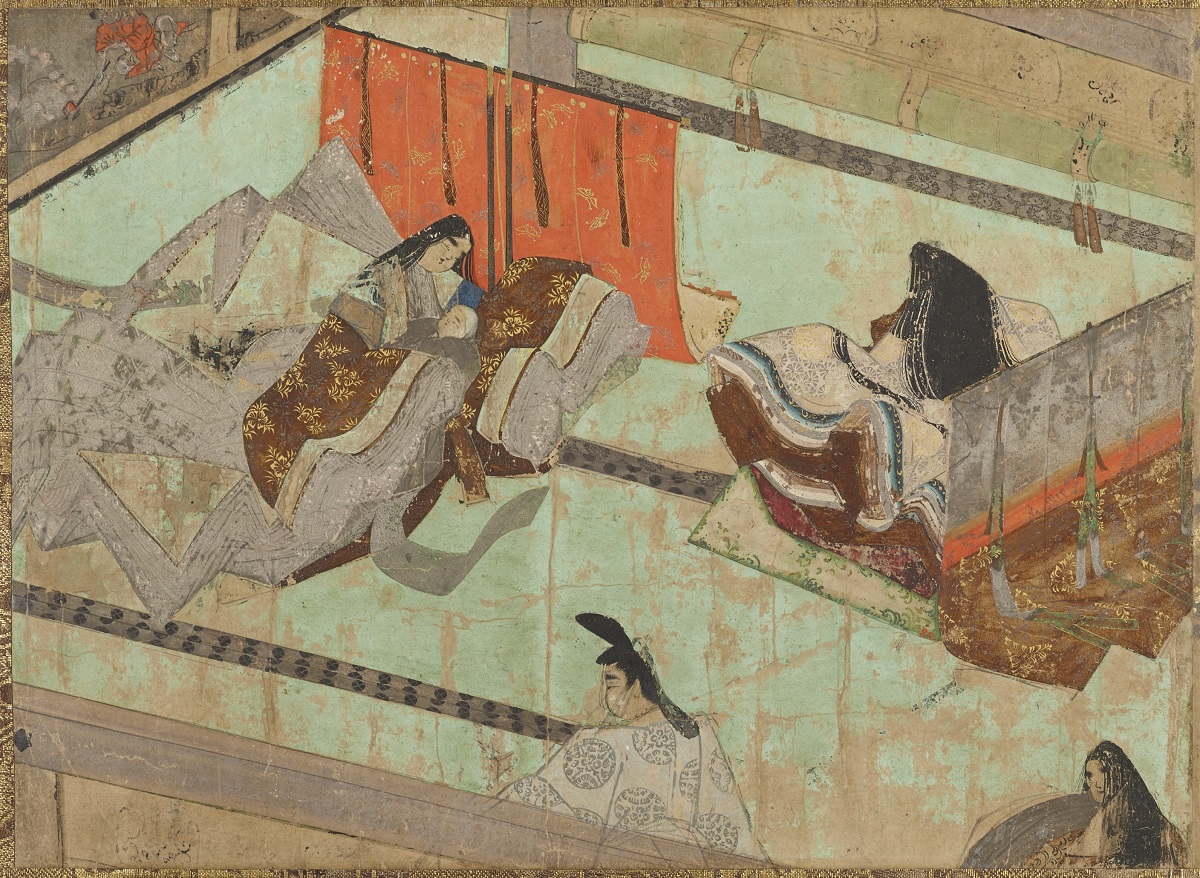
Q2. What was Murasaki Shikibu like growing up?
Murasaki Shikibu showed her cleverness from her girlhood. It is well known that while her father, Tameoki, was teaching her younger brother, Nobunori, the Chinese classics, she ended up understanding it better than her brother.
Murasaki Shikibu was a great reader of poetry and stories handed down in her family, and its said that she was also quite skilled on the koto (Japanese stringed instrument). Tameoki is said to have lamented, “If only she had been a man,” but perhaps it was absorbing the education her father had provided her, which laid the ground work for her masterpieces. However, we can imagine, that as an impressionable young girl, her fathers lament must have been painful for Murasaki Shikibu. Perhaps Murasaki Shikibu had already felt the frustration of being born a woman.
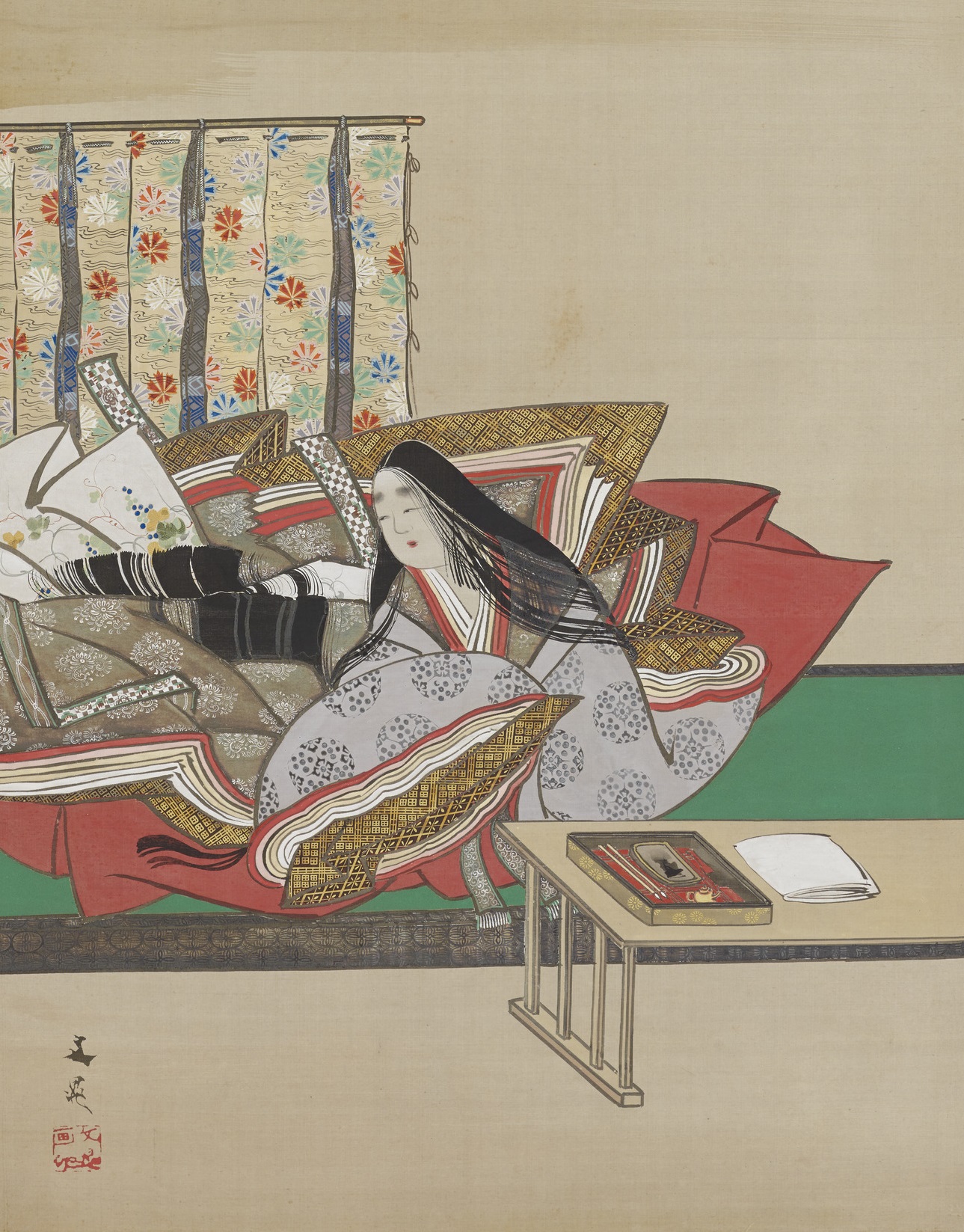
Q3. What is the representative work written by Murasaki Shikibu?
Murasaki Shikibu is best known for The Tale of Genji. It is Japan’s first full-length novel featuring the Heartthrob Hikaru Genji.
Around the age of 26, Murasaki Shikibu married Nobutaka Fujiwara, who was more than 20 years older than her, and had their first daughter, Kenshi. However, her husband died after just three years. Murasaki Shikibu then began writing stories to fill the void in her heart. This was ‘The Tale of Genji’.
According to the “Murasaki Shikibu Diary” left by Murasaki Shikibu, at first, I found solace from the empathy I received, when friends read the ‘The Tale of Genji’, but before long it grew into an eternally popular piece of literature.
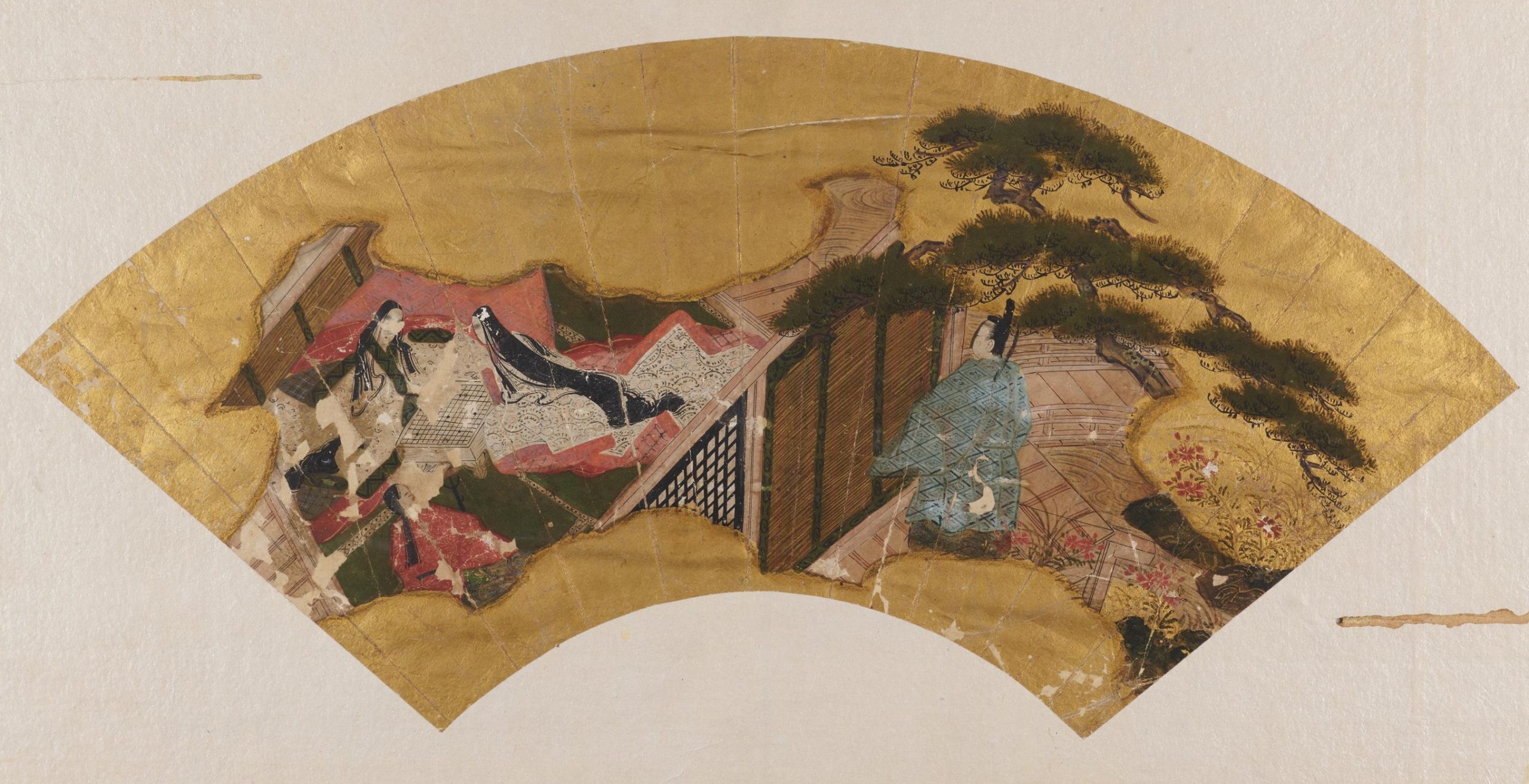
Q4. Who did Murasaki Shikibu work for?
Murasaki Shikibu was about 32 years old when she started to write for Shoshi, the middle daughter of Emperor Ichijo. She had already begun writing “The Tale of Genji,” which became a popular topic of conversation, and Michinaga Fujiwara begged her to work for him if such a talented woman was available.
At the time, Michinaga was working hard to improve the “salon” of Akiko Nakamiya. Murasaki Shikibu did not seem to be at ease with the pomp, gloom, and hardship of the court. It is said that she knew that the best way to get by in life was to live inconspicuously, without flaunting her talents. He continued to write “The Tale of Genji” even after he left the court.
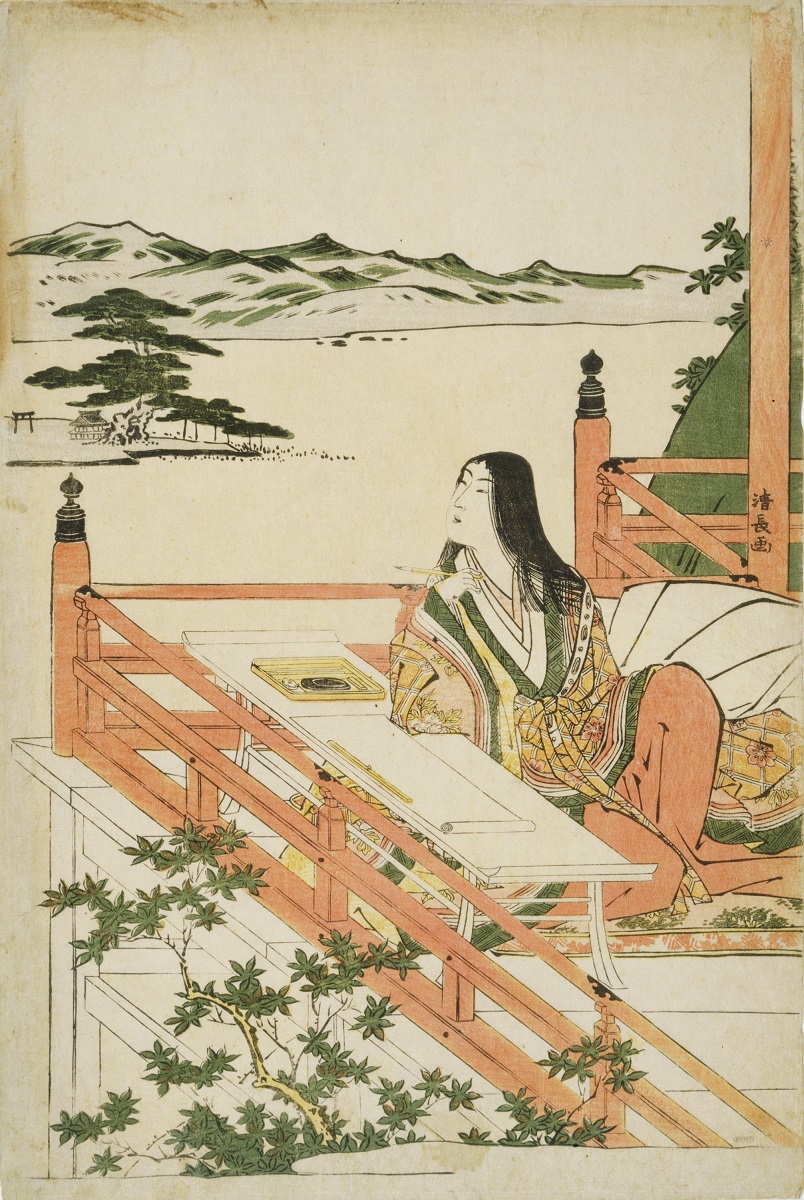
Q5. How did Murasaki Shikibu see out her final years?
Murasaki Shikibu’s life after serving the court is not well known. Murasaki Shikibu is said to have died of illness around the 1014 (third year of the Chowa era) at the age of about 41.
There are ruins in Kyoto City associated with Murasaki Shikibu. There is a stone marker in Rozanji Temple that marks the site of her residence, and her tomb is located near the Western Palace. However, the authenticity of these are not certain, and it would not be an exaggeration to say that the true story of Murasaki Shikibu’s later years is shrouded in mystery.
This article is reprinted from the magazine Waraku (January 2007 issue).
Text by Hamano Chihiro






